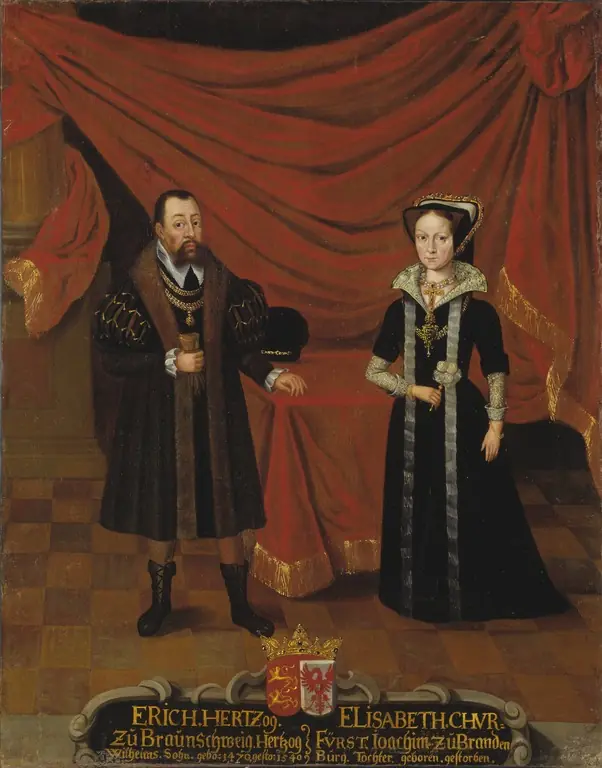- 4-minute read
- 26th September 2021
What to Do with Missing Information in Harvard Referencing
Harvard referencing is a common citation style. But how do you cite sources when the author’s name, page numbers, or date of publication are missing? And how do you cite an image with limited details provided? In this guide, we will show you your options for dealing with missing information in Harvard referencing.
Sources with No Author
Typically, Harvard referencing requires you to give the last name of the author in citations. If a source doesn’t name an individual as an author, however, you can usually cite an organizational author in its place.
The organizational author will typically be the group that published the source. For example, we would cite a page from the Swim England website like this:
Learning to swim is important for safety (Swim England, 2021).
If you can’t find an organizational author, you may be able to cite the host website name (for online sources) or the title of the source instead.
The key factor here is that the name used in the citation matches the name or title used at the start of the entry in your reference list. For the source cited above, for instance, we would format the reference list entry as follows:
Swim England (2021) When should my child stop swimming lessons? [Online]. Available at www.swimming.org/learntoswim/child-stop-swimming-lessons/ (Accessed August 23, 2021)
Make sure to check for an author, though, as most sources list one somewhere.
Sources with No Page Numbers
If you are quoting a source, you should include page numbers in the citation if possible. However, electronic sources often do not have page numbers.
This is fine for short, simple sources, such as a page on a website, where it should be easy for readers to find the quoted passage if they need to. In these cases, then, you can just cite the source without page numbers or any other pinpoint citation.
But for longer or more complex sources, such as an ebook without page numbers, you might need to help readers find the quoted passage. Where possible, then, you can use chapter or section numbers or titles in place of page numbers:
Towles calls the 1930s “a grueling decade” (2011, Preface).
Here, for example, the pinpoint citation after the date shows that we’re citing the preface of the source. However, if a source doesn’t contain numbered parts or section titles, you can simply omit the pinpoint citation entirely.
Sources with No Date of Publication
For sources where the date of publication is missing, use “n.d.” in both citations and the reference. For instance, an in-text citation would look like this:
Find this useful?
Subscribe to our newsletter and get writing tips from our editors straight to your inbox.
The training helps people to develop self-awareness (National Theatre, n.d.).
And this is how it would look in the reference list:
National Theatre (n.d.) Theatreworks [Online]. Available at www.nationaltheatre.org.uk/theatreworks (Accessed August 24, 2021).
If you cite an article that has been accepted for a forthcoming issue of a journal, meanwhile, you should use “Forthcoming” instead of a date.
Images with No Named Creator or Title
As noted above, you can sometimes use the title in place of an author name in citations and references. But what if a source doesn’t have a named author or title?
While rare, this can occur with untitled visual images where the artist or photographer is unknown. In these cases, you should instead give a short description in italics in citations. This basically serves as the image title. For instance, imagine we wanted to cite the following untitled painting.

The artist of this painting is unknown, so we can’t cite their name. And since it is untitled, we can’t cite a title in its place. But the source does tell us who the painting depicts, so we can use that as a basis for a description in the citation:
The deep reds imply luxury (Portrait of Duke and Duchess, n.d.).
We would then use the same description in brackets at the start of the reference:
[Portrait of Duke and Duchess] (n.d.) [Online]. Available at www.wikidata.org/wiki/Q18586241 (Accessed August 23, 2021)
This will ensure readers can match the citation to the reference list entry.
Harvard Variations and Proofreading
This post uses a form of Harvard referencing based on the style recommended by the Open University. However, there are many versions of this referencing style, and the exact rules for how to handle missing source information in Harvard referencing may vary. As such, make sure to check your own style guide if you have one.
In addition, don’t forget you can get your citations and references proofread by our team of Harvard experts! Simply upload your work and let us know which version of Harvard you’ve been using, then we’ll do the rest.




